Contributed Talk 4b
contributed
Thu, 28 Aug 2025, 14:45 - 15:25
- Public-Key Quantum Fire From Classical OraclesAlper Cakan (Carnegie Mellon University); Vipul Goyal (NTT Research); Omri Shmueli (NTT Research)[abstract]Abstract: Recent work of Bostanci, Nehoran, Zhandry (STOC'25, QIP'25) formalized the notion of quantum fire: A quantum state that can be cloned efficiently but cannot be converted to a classical string. Nehoran and Zhandry (QIP'23) gave a construction of quantum fire relative to an (inefficient) unitary quantum oracle, and proved its correctness and security. Bostanci et al (STOC'25, QIP'25) gave a candidate construction of quantum fire based on cryptographic group action assumptions, and proved its correctness. However, they do not have a proof of security, and the security is only conjectured without any justification at all. In this work, we give the first construction of (public-key) quantum fire relative to a classical oracle, and prove its correctness and security. This resolves the open question posed by Bostanci et al (STOC'25, QIP'25) and Nehoran and Zhandry (QIP'23). Further, assuming existence of one-way functions, our scheme can also be made efficient. We note that, even in the unitary quantum oracle setting, no efficient quantum fire scheme existed: Nehoran-Zhandry show that their unitary oracle cannot be made efficient. Implications to Physics: In quantum mechanics, various fundamental principles called no-go properties exist, such as no-cloning theorem, no-hiding theorem, no-deleting theorem, no-telegraphing theorem and so on. Most of these no-go properties have been shown to be equivalent to each other. However, our result gives the first (classical oracle) separation between no-go properties of quantum mechanics! Our result means that, relative to a classical oracle, no-telegraphing does not imply no-cloning. Note that, in the information-theoretic setting, no-cloning and no-telegraphing are equivalent. Our result means that the equivalency of the fundamental no-go principles of quantum mechanics that we take for granted might not hold in a computational world!
- Self-testing tilted strategies for maximal loophole-free nonlocality (original 1c/2)Nicolas Gigena (Universidad Nacional de La Plata); Ekta Panwar (University of Gdansk); Giovanni Scala (Politecnico di Bari); Mateus Araújo (Universidad de Valladolid); Máté Farkas (University of York); Anubhav Chaturvedi (University of Gdansk)[abstract]Abstract: The degree of experimentally attainable nonlocality, as gauged by the loophole-free or effective violation of Bell inequalities, remains severely limited due to inefficient detectors. We address an experimentally motivated question: Which quantum strategies attain the maximal loophole-free nonlocality in the presence of inefficient detectors? For any Bell inequality and any specification of detection efficiencies, the optimal strategies are those that maximally violate a tilted version of the Bell inequality in ideal conditions. In the simplest scenario, we demonstrate that the quantum strategies that maximally violate the doubly-tilted versions of Clauser-Horne-Shimony-Holt inequality are unique up to local isometries. We utilize Jordan's lemma and Grobner basis-based proof technique to analytically derive self-testing statements for the entire family of doubly-tilted CHSH inequalities and numerically demonstrate their robustness. These results enable us to reveal the insufficiency of even high levels of the Navascues-Pironio-Acin hierarchy to saturate the maximum quantum violation of these inequalities.
